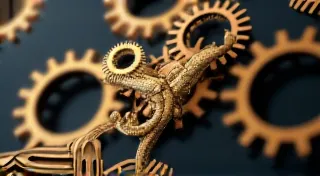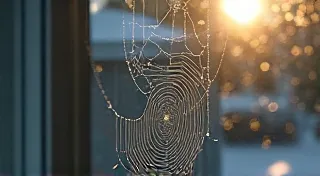The Unfinished Cadenza: Sheet Music as a Record of Evolving Performance Practices
There's a particular scent that clings to antique sheet music – a whisper of aged paper, a faint echo of long-ago rooms filled with music. It's a smell I associate with my grandfather, a music teacher with calloused fingers and a twinkle in his eye. He had a collection, amassed over decades, and I spent countless afternoons lost within its pages, mesmerized by the swirling script and the promises of melodies yet to be played. These weren’t just notes on paper; they were gateways to another time, a living testament to the vibrant, evolving world of musical performance.
Today, we live in an age of perfect recordings. We can summon a performance by a legendary pianist with a tap on a screen, analyzing every nuance, every vibrato. But this perfection, ironically, can obscure the richness and dynamism that characterized music in a time when live performance was the primary, and often only, way music was experienced. Vintage sheet music offers a vital window into that lost world – a world where interpretation was far more flexible, improvisation was commonplace, and the relationship between performer and audience was a constant dialogue.
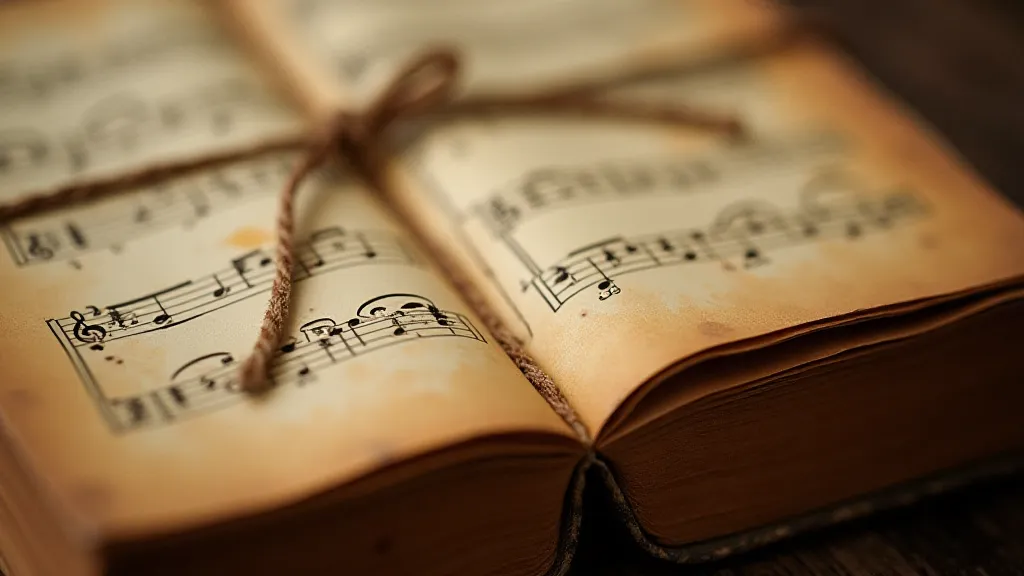
Beyond the Dots: Understanding the Performance Notes
Modern sheet music, while detailed, tends to be prescriptive. It strives for a standardized interpretation. Vintage sheet music, however, often contained what we might consider cryptic or even contradictory markings. These weren't errors; they were clues. They offered guidance, suggestions, and even encouragement for the performer to inject their own personality into the piece. Look closely at a 19th-century waltz score, and you're likely to find indications like “con brio,” “rubato,” or even more subjective notes like “with feeling.” These weren’t just stylistic suggestions; they were invitations – invitations to build a personal connection with the music, to shape it according to one's own artistic sensibilities.
Consider, for example, a piece by Franz Liszt. His scores are notorious for their complexity, not only in terms of technical difficulty but also in their ambiguous markings. Did he intend for the performer to adhere strictly to the written rhythm, or was there a tacit understanding that a degree of freedom was expected? The answer, likely, lies somewhere in between. Vintage sheet music allows us to contemplate these nuances, to imagine the creative space that existed between the composer’s intentions and the performer’s realization.
The Rise of the Virtuoso and the Demise of Improvisation
The 19th century was the golden age of the virtuoso. Performers like Franz Liszt, Sigismond Thalberg, and Adelina Patti weren't just interpreters; they were composers in their own right, improvising variations, embellishments, and even entire cadenzas on the spot. Their fame rested not only on their technical brilliance but also on their ability to dazzle audiences with their spontaneity. This level of improvisation simply isn’t tolerated, or even possible, in most contemporary performance contexts.
The sheet music of this era reflects this culture. Cadenzas, those unaccompanied passages that allowed performers to showcase their improvisational skills, were often left open-ended, or even omitted entirely, leaving it to the performer to craft their own. These blank spaces are a treasure trove for historians, offering a glimpse into the creative process of these legendary figures.
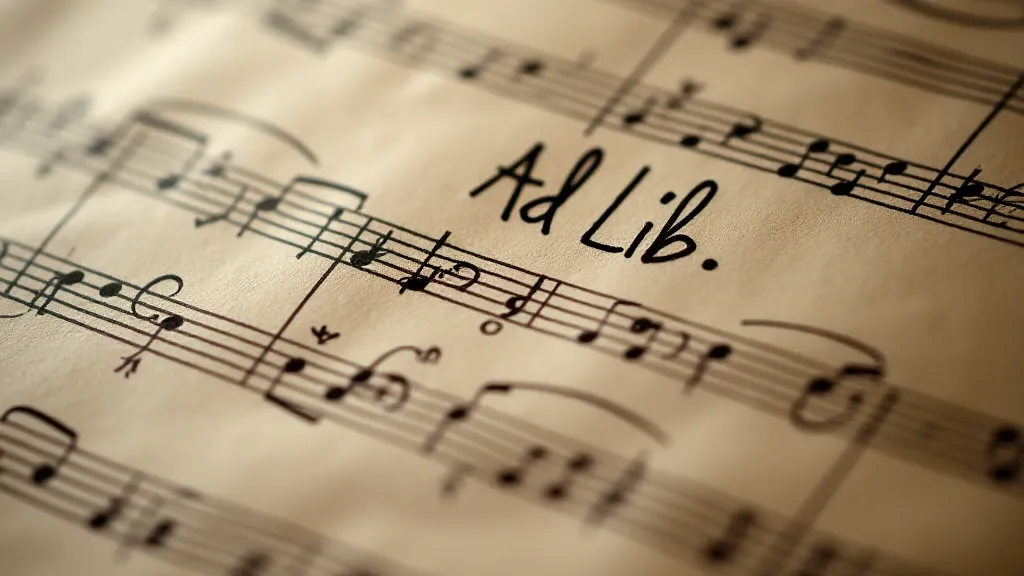
The Hand of the Craftsman: Appreciating the Physical Artifact
Beyond the music itself, vintage sheet music represents a testament to the craftsmanship of a bygone era. Before digital printing, these scores were painstakingly engraved on copper plates and then printed using complex machinery. The quality of the engraving, the texture of the paper, the precision of the printing – all these factors contributed to the aesthetic appeal of the finished product. Holding a piece of vintage sheet music in your hands is like holding a piece of art.
The paper itself is often fascinating. It's frequently thicker and more substantial than modern music paper, capable of withstanding repeated handling. And the presence of foxing – those brown spots that appear on aged paper – while sometimes seen as a flaw, can also add to the character and history of the piece.
Collecting and Preservation: Caring for a Musical Legacy
Collecting vintage sheet music isn't just about acquiring beautiful objects; it's about preserving a cultural legacy. Many of these scores are incredibly rare, representing unique moments in musical history. Proper storage and handling are crucial to ensuring their survival for future generations.
Avoid direct sunlight and extreme temperatures, which can cause the paper to deteriorate. Store the music in acid-free folders or boxes to prevent chemical reactions. Handle the sheets with clean hands, and avoid bending or creasing them unnecessarily. Small tears and imperfections are often part of the piece’s history; attempting to “repair” them can actually cause more harm than good.
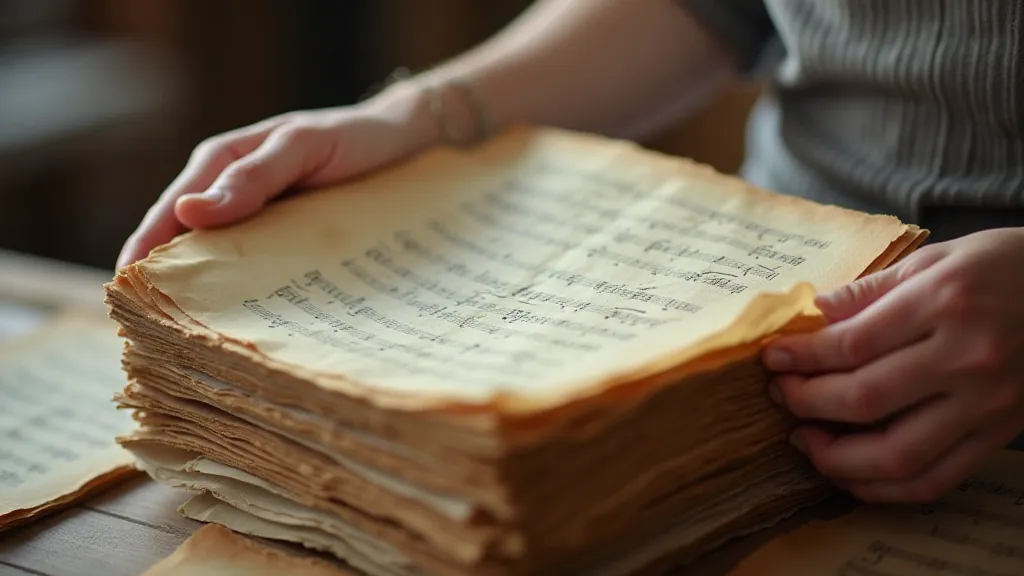
A Living Echo of the Past
The true value of vintage sheet music lies not just in its scarcity or beauty, but in its ability to transport us to another time, to a world where music was a more intimate and interactive experience. It allows us to appreciate the evolving practice of performance, to understand how interpretation has changed over the years, and to connect with the creative energy of the musicians who came before us.
My grandfather’s collection, now mine, is more than just a collection of paper and ink. It’s a portal—a window to a vibrant past, a reminder that music, at its best, is a living, breathing art form, constantly evolving and reimagined through the hands of those who dare to interpret it.



